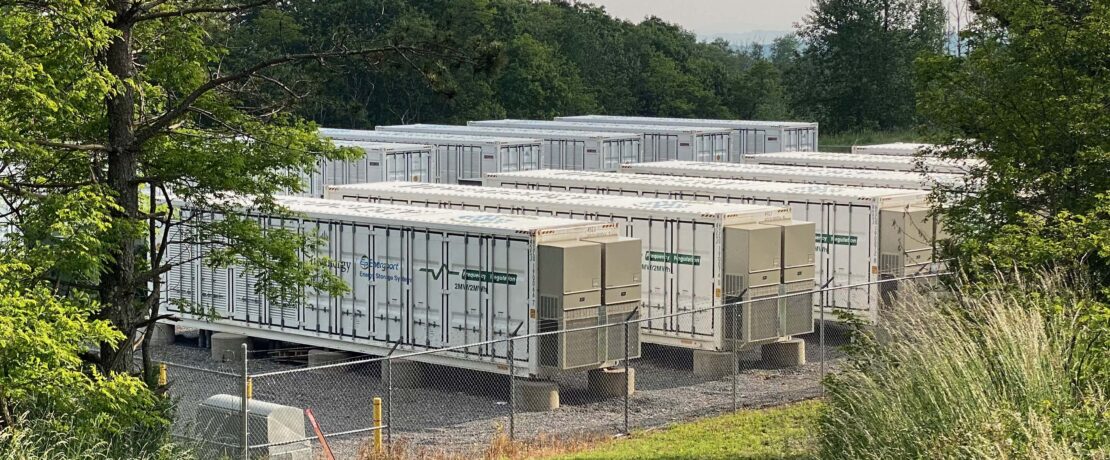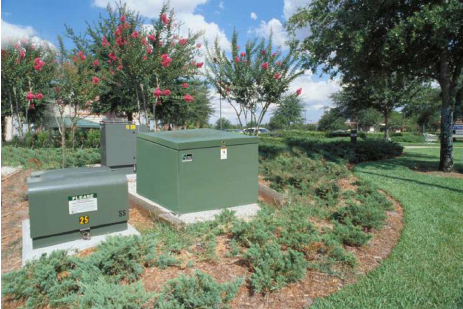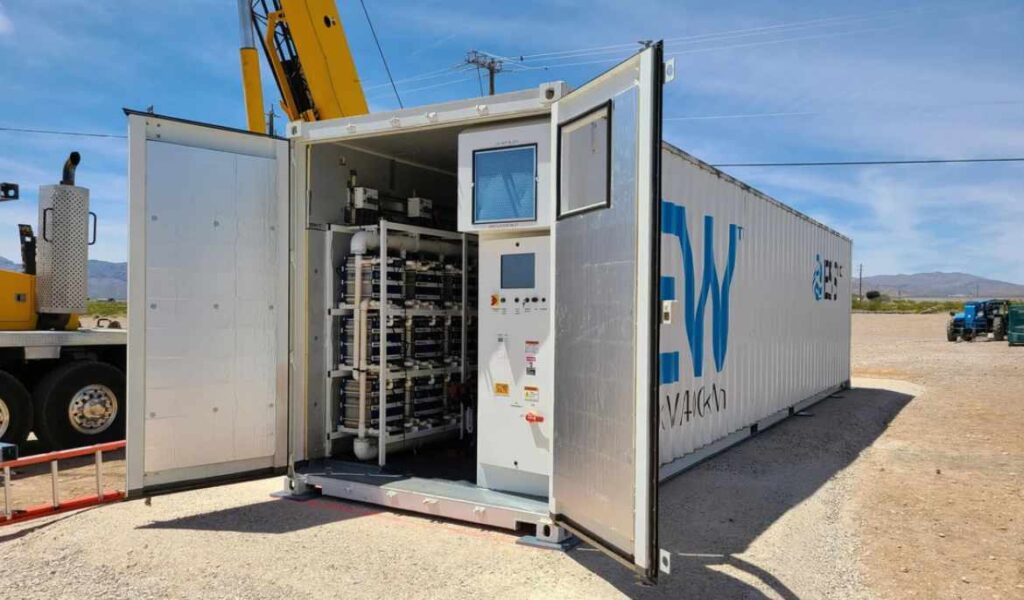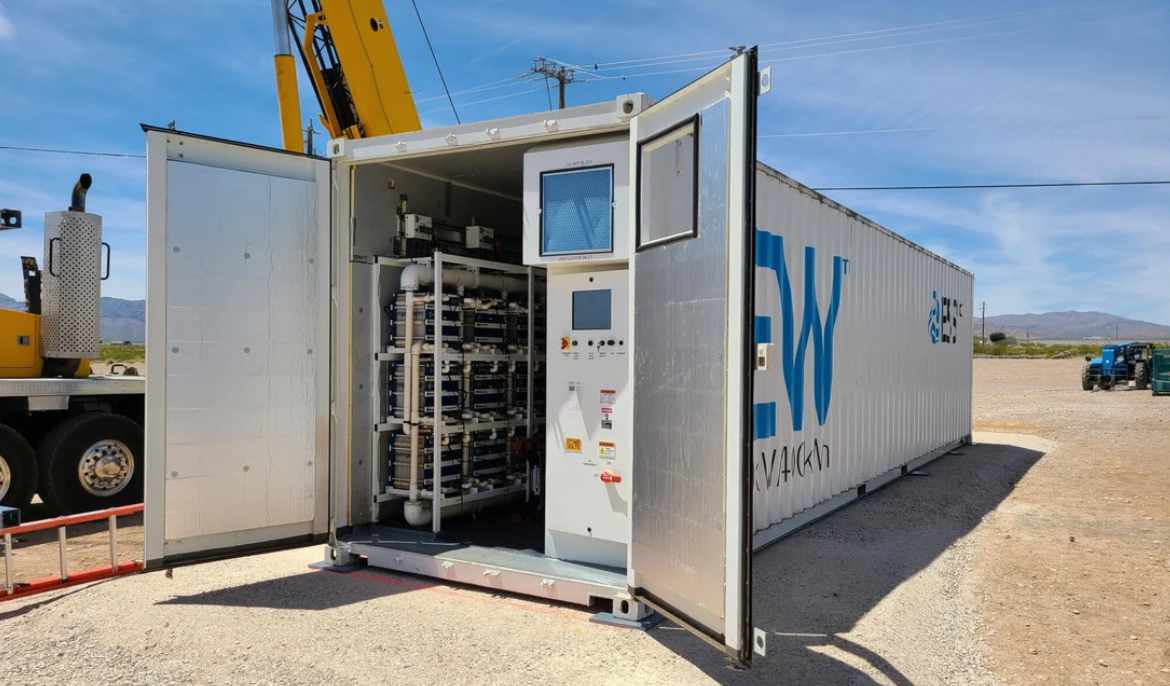How energy communities are an integral part of the renewable storage solution
By Natasa Ioannou
Cyprus is experiencing a critical juncture in its transition to renewable energy. While renewable energy generation continues to grow, recent curtailments – even among households with photovoltaic (PV) systems – highlight serious limitations in the island’s outdated grid and lack of energy storage infrastructure.
These disruptions are largely due to the grid’s inability to absorb excess electricity during peak sunlight hours. As a result, renewable energy is being curtailed, and homes are left disconnected just when they should be producing clean power.
Without energy storage infrastructure, Cyprus cannot make full use of its renewable solar production. This leaves a continued reliance on fossil fuels for evening and backup demand, undermining climate goals and energy security.
Despite years of delay, the Ministry of Energy has recently announced a €35 million scheme to promote battery storage in combination with renewable energy systems, a step in the right direction.
Renewable Energy storage is not a new or optional element, but an essential enabler of the energy transition, with technologies allowing us to capture energy when generation is high and used when demand rises or production falls.

Storage will provide the flexibility we need and enable residential self-consumption, reduce demand peaks, and offer grid services to prevent outages and stabilize supply, safeguarding a secure and efficient operation of the electricity system.
Energy Communities as Energy Storage Enablers
Energy communities can play a transformative role in addressing storage issues, and offer a decentralised model where citizens, businesses and municipalities collectively own and manage energy. They are a practical and democratic solution to grid limitations, allowing members to share in the benefits of energy production, consumption, and crucially, storage.
Energy communities can operate through shared investment in energy generation as well as storage infrastructure. Infrastructure that will be managed more flexibly and efficiently than individual systems.
A community can collectively invest in battery systems, storing solar energy and distributing it to members at night or during grid congestion.
These systems can be integrated with existing community-owned solar parks or operated independently. Stored energy can be used to power homes during evening hours, reduce bills, boost self-consumption and be sold during peak hours, generating income and revenue for the community and for its members.
This model promotes energy autonomy while addressing key structural gaps. Rather than relying on individual households to afford their own batteries, communities pool resources, scale solutions, and distribute benefits equitably.
Lessons from the Mediterranean: Greece, Spain, Italy
On the island of Sifnos (Cyclades, Greece), the local energy cooperative “Sifnos Energy Community,” is investing in wind and solar projects with integrated storage. Despite the island’s remote location, its isolated nature and old grid (as Cyprus) the project demonstrates how citizen-led initiatives can support grid independence and local resilience.
The “Som Energia” cooperative, in Spain is one of the largest citizen energy collectives in Europe. In the Catalonia region, it has developed projects that integrate battery storage with solar PV and demand-side management.
The Spanish government introduced regulatory changes that support peer-to-peer energy trading within communities, making energy communities more financially viable.
In Magliano Alpi, Italy a pioneering energy community operates with shared solar and storage infrastructure. The municipality coordinates the project, and the stored energy helps cover nighttime and winter needs, reducing grid dependency.
These cases show that energy communities often incorporate storage not just for efficiency, but to actively overcome national grid limitations—an especially relevant lesson for Cyprus.

Taking it forward in Cyprus
In most examples, energy communities have integrated storage in solar parks because the members saw its integral potential while overcoming limitations of the grid.
Therefore, there is a great potential for energy communities to include storage in their solar park projects, and to be utilised as energy storage providers.
If we had the capacity, as in other countries in Europe, an energy community could also provide storage solutions through a standalone storage facility, that can support schools, municipalities, or other businesses that do not have their own storage systems. Members invest in a storage facility with a certain fee and can benefit from stored energy.
For instance, an energy community can own a shared battery storage system, PV owners can pay a monthly fee to store their surplus energy, avoiding curtailment issues. The income will be used to cover running or other expenses of the community.
Cyprus has an unparalleled opportunity to lead the way in community-driven renewable energy and utilise energy communities to bridge the gap between abundant solar energy and the urgent need for storage, turning a national challenge into a participatory solution. The Distribution System Operator, Cera and the Transmission System Operation must work to establish and implement the right policy framework and technical support in order to provide support for the operation of energy communities as storage providers.
If we achieve this, and get inspiration from other countries, energy communities will become a cornerstone and the only solution for the energy future of Cyprus – democratic, resilient and people powered.
Natasa Ioannou is working as a project manager and Climate Justice and Energy campaigner for Friends of the Earth Cyprus. Her focus includes advocacy, education and public awareness campaigns, as well as activism, community organising and mobilising on environmental justice issues



